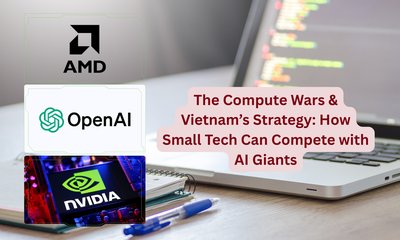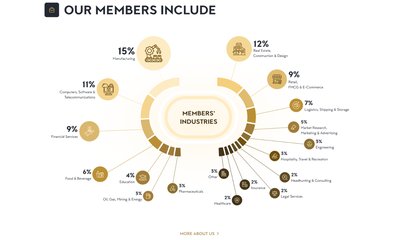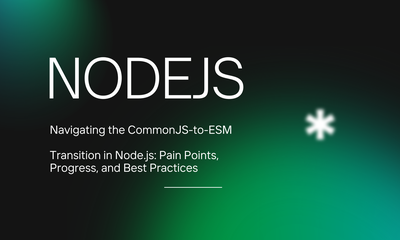The Compute Wars & Vietnam’s Strategy: How Small Tech Can Compete with AI Giants
By JoeVu, at: Nov. 18, 2025, 6:02 p.m.
Estimated Reading Time: __READING_TIME__ minutes


The artificial intelligence landscape is being shaped by two massive, simultaneous forces: a trillion-dollar hardware race led by giants like OpenAI, and the calculated, adaptive strategies of emerging tech hubs like Vietnam.
For small Vietnamese tech companies, understanding this dynamic is essential to moving from being a service provider to a strategic innovation partner.
The Compute Wars - Why OpenAI Needs NVIDIA and AMD
OpenAI's multi-gigawatt partnerships with NVIDIA and AMD signal the core reality of modern AI development: Compute is the new oil. Building the next generation of super-smart AI is fundamentally limited by access to high-performance chips.
These deals are about securing an unprecedented, diversified supply of power to scale models beyond current capabilities. For a small company, the competition isn't with OpenAI itself, but with the global flood of AI-enabled products and automation that this massive infrastructure will unleash.
Vietnam’s Counter Strategy for SMEs
Vietnamese tech companies cannot compete on raw compute, but they can compete on agility, specialization, and local context. Vietnam’s national strategy is Sovereign AI, using global technology to achieve national development goals. SMEs must follow a similar path, moving up the value chain from basic outsourcing to strategic innovation.
1. Shift Focus: From Coding to Strategic Transformation
The most threatened jobs are routine coding and manual QA. Your value must shift from execution to solution design.
-
Focus on the "Concept Layer": Position your company as a Domain-Expert AI Consultant. Use AI augmentation (like Copilot and Gemini) to handle routine code, freeing engineers to focus on system architecture, security, and solving complex business challenges that machines can't yet grasp
-
The Deliverable: Sell a business result (e.g., increase conversion rate by X%) rather than a time-and-materials project (build Y feature).
2. Specialize: Go Niche and Leverage Local Data
Global models are trained on global data. Your competitive edge is Vietnam's unique environment, culture, and market data.
-
Target a Local Vertical: Specialize in sectors where local knowledge is crucial, such as Manufacturing & Logistics (predictive maintenance using hyper-local sensor data), E-commerce Localization (AI models tuned for specific Vietnamese consumer behavior and language nuances), or Digital Health
-
Leverage APIs, Don't Build LLMs: Adopt a strategy of Open-Source and API Integration. Instead of building foundational models, focus capital on customizing and fine-tuning powerful, accessible APIs from global providers for specific client needs - making the best global tools locally relevant.
3. Culture: Agility and Elite Talent
SMEs must outmaneuver the slow pace of large competitors by prioritizing high-quality human capital.
-
Continuous Upskilling: Institute aggressive training in prompt engineering, fine-tuning, and AI deployment. The ability to use AI tools effectively is the new literacy for your engineers
-
Foster an Agile Culture: Transition your mindset from a large, transactional service model to an Agile product studio of small, highly skilled teams that can prototype, test, and pivot solutions rapidly, leveraging Vietnam’s renowned speed in execution.





